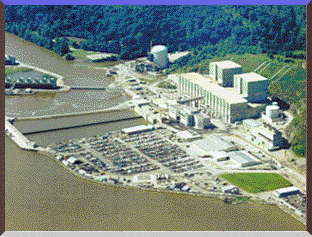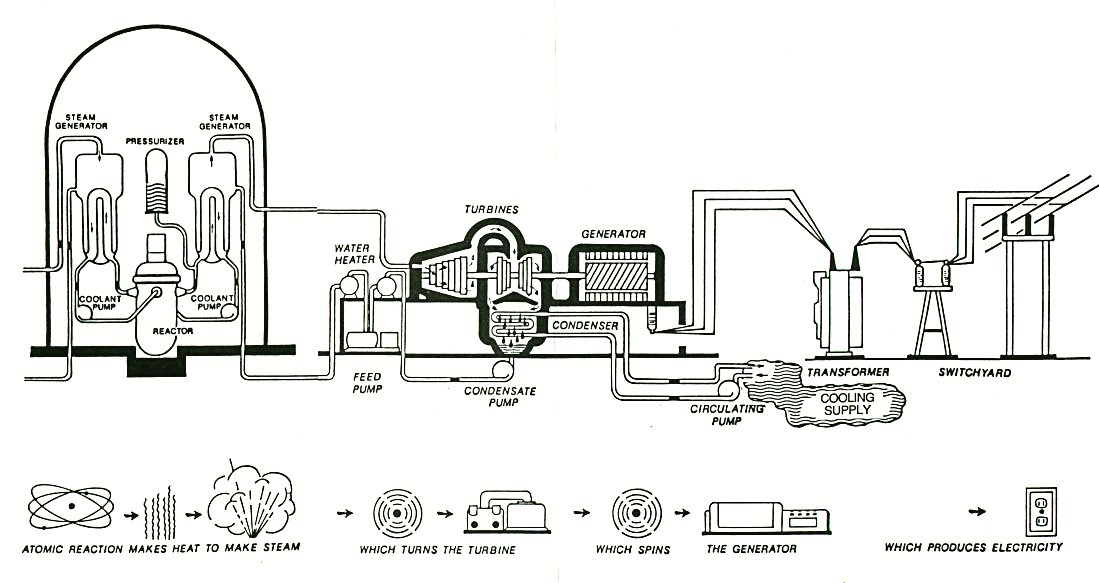



Conventional Sources of Electricity
Nuclear

Nuclear power comes from splitting uranium or plutonium atoms. Although generating electricity from nuclear fuels emits no CO2, SO2, or NOx, nuclear power nevertheless poses grave risks to both human health and the environment. Operating nuclear power plants is always risky -- an accident, however unlikely, would spew radioactive materials into the atmosphere, causing catastrophic damage. The Chernobyl disaster killed dozens of people, and medical experts estimate that many thousands will die prematurely as a result of the radiation released by the accident.
Safely storing nuclear waste is a less spectacular, but perhaps more difficult problem. Nuclear fission creates materials that will remain dangerously radioactive for thousands of years. Current proposals would store these wastes in an underground storage site. It is impossible, however, to ensure that any site will be safe for such a long period of time.
Far from fulfilling its promise of providing "electricity too cheap to meter," nuclear power is an expensive form of energy. Although supplies of uranium and plutonium should last for more than a century, no more nuclear plants are being built, because of the high costs.
